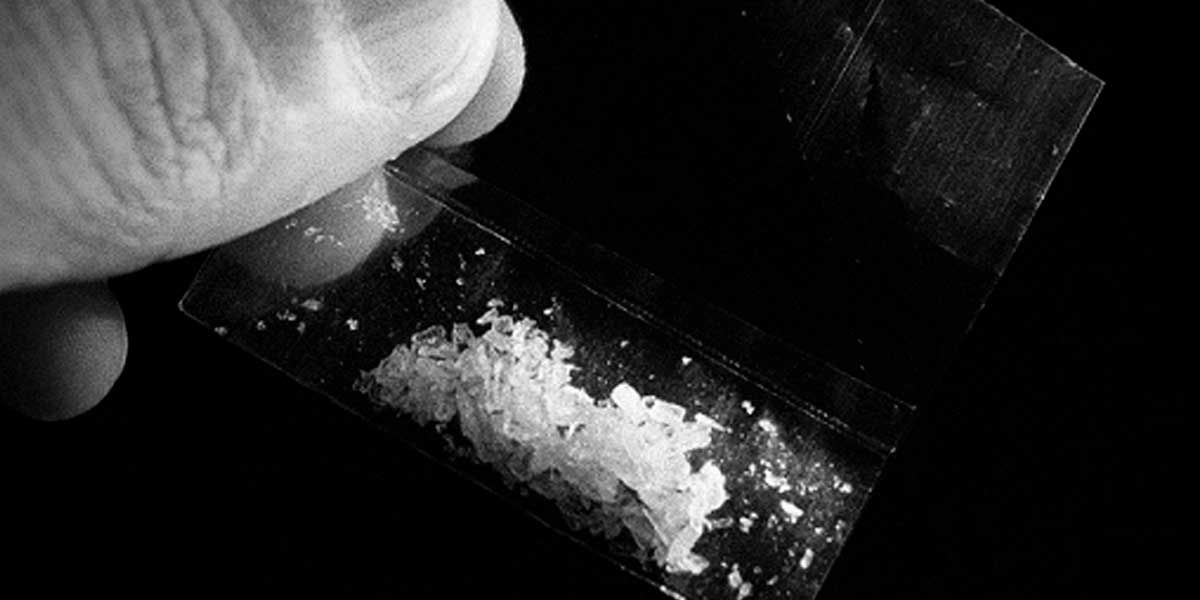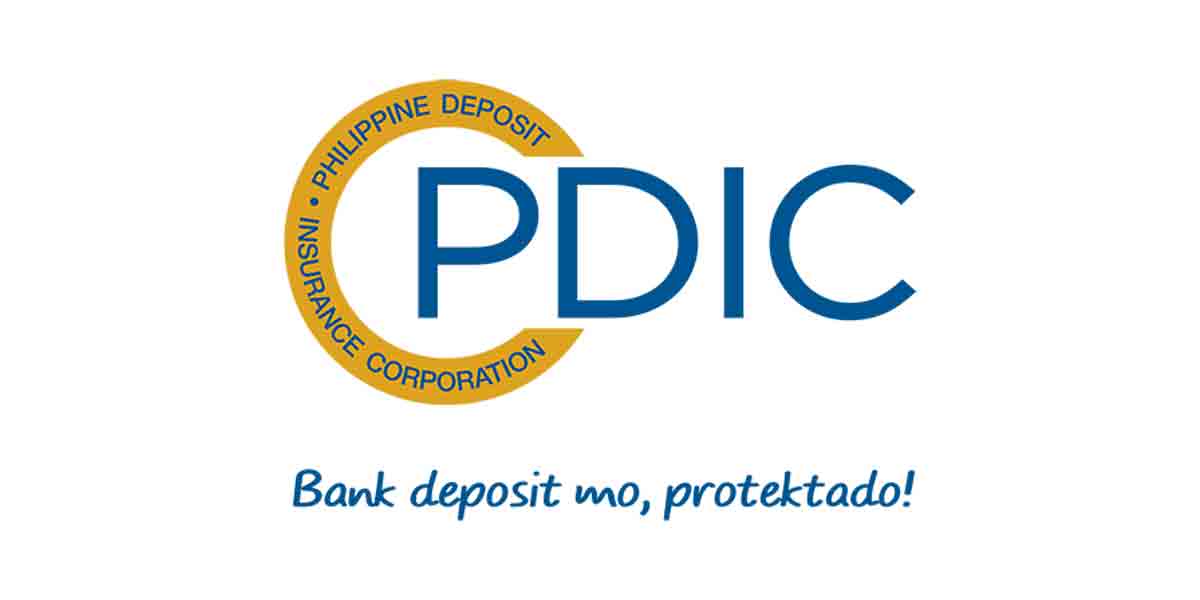 By: Engr. Edgar Mana-ay
By: Engr. Edgar Mana-ay
THREE weeks ago, seven guided missiles dropped by a drone struck the Saudi Aramco owned oil facility just outside the Saudi capital of Riyadh resulting in the destruction of half of its production capacity.
Houthi rebels in Yemen claimed responsibility for the attack but nobody believes them, because of the sophistication and precision, only Iran, an arch enemy of Saudi Arabia, has the technical capability to do it.
Aramco (Arab American Oil Company) was a fully American owned oil company operating in the Middle East for more than 50 years before it was bought by Saudi Arabia 15 years ago. This Saudi oil complex provides preliminary processing of crude oil pumped out from nearby Saudi oil fields for crude export and also refining of its crude to finished fuel products also for export.
Since our energy mix for electric plants is mostly coal, geothermal, LNG, wind and solar, we don’t need petroleum in the form of Diesel and Bunker as fuel. But ALL of our vehicles and heavy equipment uses liquid and gas fuels both imported as refined products and crude for processing at the country’s two refineries to the tune of 200,000 barrels per day (BPD), one barrel is equivalent to 159 liters.
Saudi Arabia supplies 40% of our crude import while 80% of our refined products need such as gasoline, LNG and diesel comes from neighboring oil-rich countries such as Malaysia, Indonesia, Australia and Singapore where the biggest oil refinery in South East Asia is located. These liquid and gas fuel imports cost our country P0.78 billion/day!
The Saudi oil complex supplies only 5% of the world’s oil production, yet its disruption pushed global oil prices to a four-month high reaching nearly $72 per barrel before settling to the present $65/barrel, hence automatically increasing the pump prices in our country. Literally if the world’s oil producers caught a minor cold, we the importing and poor countries suffers pneumonia.
However, the Saudi Energy Minister Prince Abdulaziz bin Salman announced recently that the 50% production cut by the attack will be restored by the first week of October and that lowered a little bit the world price for oil, now hovering at $62 to $64 per barrel.
What important energy lessons will our country learn from the bombing of the Aramco oil facility? First, the Philippine oil companies should increase and maintain an inventory level of at least 30 days for crude oil, 15 days for finished products (gasoline, diesel, etc.) and 7 days for NLG/LPG. This is easier said than done because our government cannot provide any assistance in terms of money that requires at least P15 billion of idle funds for the oil stockpile plus another cost for the giant storage tanks. Our consolation is that nearby Asean oil-rich countries such as Malaysia and Indonesia are willing to sell us both crude and refined products in cases of world supply disruption.
We can only salivate as we look at the US Strategic Petroleum Oil Reserve (SPR), an emergency crude oil storage maintained in mined out SALT DOME UNDERGROUND in the state of Louisiana and Texas. It is the largest emergency supply storage in the world that can keep 750 million barrels in nuclear bomb-proof and leak-proof caverns located up to 6,000 feet below the ground.
The US government started the SPR in 1975 after the oil embargo by the Arabs in 1973-74 that nearly crippled their economy. The latest inventory is 680 million barrels worth $18 billion for sweet crude and $26 billion for sour crude or a total of $44 billion worth of oil reserve.
By the way, sweet or sour crude is a measure of quality, the higher the API (American Petroleum Institute) specific gravity, the sweeter is the crude, meaning it will yield more gasoline, diesel and kerosene than the sour crude plus a lesser sulfur content. The US oil reserve can supply the crude needs of the Philippines for 8 years!
Millions of years ago some salty bodies of water dried up and what remains is the salt residue technically called evaporites. Later on, it was covered by sediments and in the course of time (in million years) because of the weight/pressure both overlying and lateral, the salt deposit sort of boil and PUSHED upwards and sideward the surrounding soil cover creating a DOME like cavity. Salt dome cores can range from ½ miles to 5 miles across and are usually from 500 to 6000 ft. below the ground surface. Because of its compressed surface cover, salt domes also acts as oil traps in oil migration, hence oil is most often trapped outside of a salt dome.
When the salt (NaCl) is mined out, then the dome like cavern underground becomes a perfect storage for crude because the walls are compressed into concrete like surface, hence leak, evaporation and bomb proof. The US is richly blessed because there are more than 500 salt domes discovered along the shores and under the seafloor of the Gulf of Mexico. Presently the US is using only 5 salt domes for its SPR all located near a major center of petroleum refining and processing along the coast line of Louisiana and Texas.
Lastly, the Philippines should fast track the exploitation of oil and natural gas deposit at our Recto Bank but should exclude a greedy and bully China as partner who requires that that we set aside an international arbitral ruling award on the West Philippine Sea that favored us.
There is still time to rescind the joint venture agreement with China and award it to the consortium of Shell, Chevron and PNOC-CC, the present very successful operator of our Malampaya gas field. Our country should work towards petroleum self reliance despite pledges of our Asean neighbors to bail us out during energy crisis. For according to Willa Cather: “No one can build his security upon the nobleness of another person.”





















